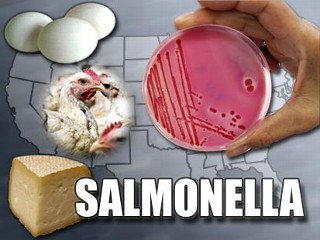Particularly in these difficult economic times, parents no longer have the option of having one parent stay home to take care of the children while the other parent works. As a result, parents must resort to placing their children in daycare. While many daycare centers are well-run and do not experience any major issues, there are others that are not as concerned as they should be about your child’s safety. Unfortunately, sometimes you will not discover whether your daycare center is truly good or bad until a problem arises. 
One issue that comes up on a frequent, but irregular, basis is that of E. coli. It is a type of bacterium that commonly resides in the intestinal tracts of humans and animals. E. coli is transmitted when people come into contact with feces containing the bacterium. It can get into meat during processing, and it may be found in raw dairy products or raw fruits and vegetables. Sometimes feces can get into a lake or other water supply, and E. coli can find its way into drinking water. E. coli is also spread through person-to-person contact, usually when an infected person does not wash his or her hands after going to the bathroom.
Unfortunately, children are quite susceptible to contracting E. coli at daycare. The news organizations seem to be constantly telling us about another shipment of fruits or vegetables that are infected with E. coli, and if your daycare provides food to your child, they may be at risk. In addition, as many parents are aware, children are not always very hygienic and may not wash their hands after going to the bathroom. With all of the children touching the doorknobs, tables, other surfaces, books and toys, it is not hard to imagine a child spreading E. coli bacterium all over the daycare center.
 North County San Diego Injury Lawyers
North County San Diego Injury Lawyers


 Food can become contaminated in a variety of different ways. For example, vegetables may be inadvertently grown in contaminated soil. Unsanitary conditions at food processing plants can also lead to bacteria content in food that is distributed to grocery stores. These unsanitary conditions can involve dirty machinery or work areas, rodent and insect infestation, and employees who fail to properly maintain their own hygiene.
Food can become contaminated in a variety of different ways. For example, vegetables may be inadvertently grown in contaminated soil. Unsanitary conditions at food processing plants can also lead to bacteria content in food that is distributed to grocery stores. These unsanitary conditions can involve dirty machinery or work areas, rodent and insect infestation, and employees who fail to properly maintain their own hygiene.






